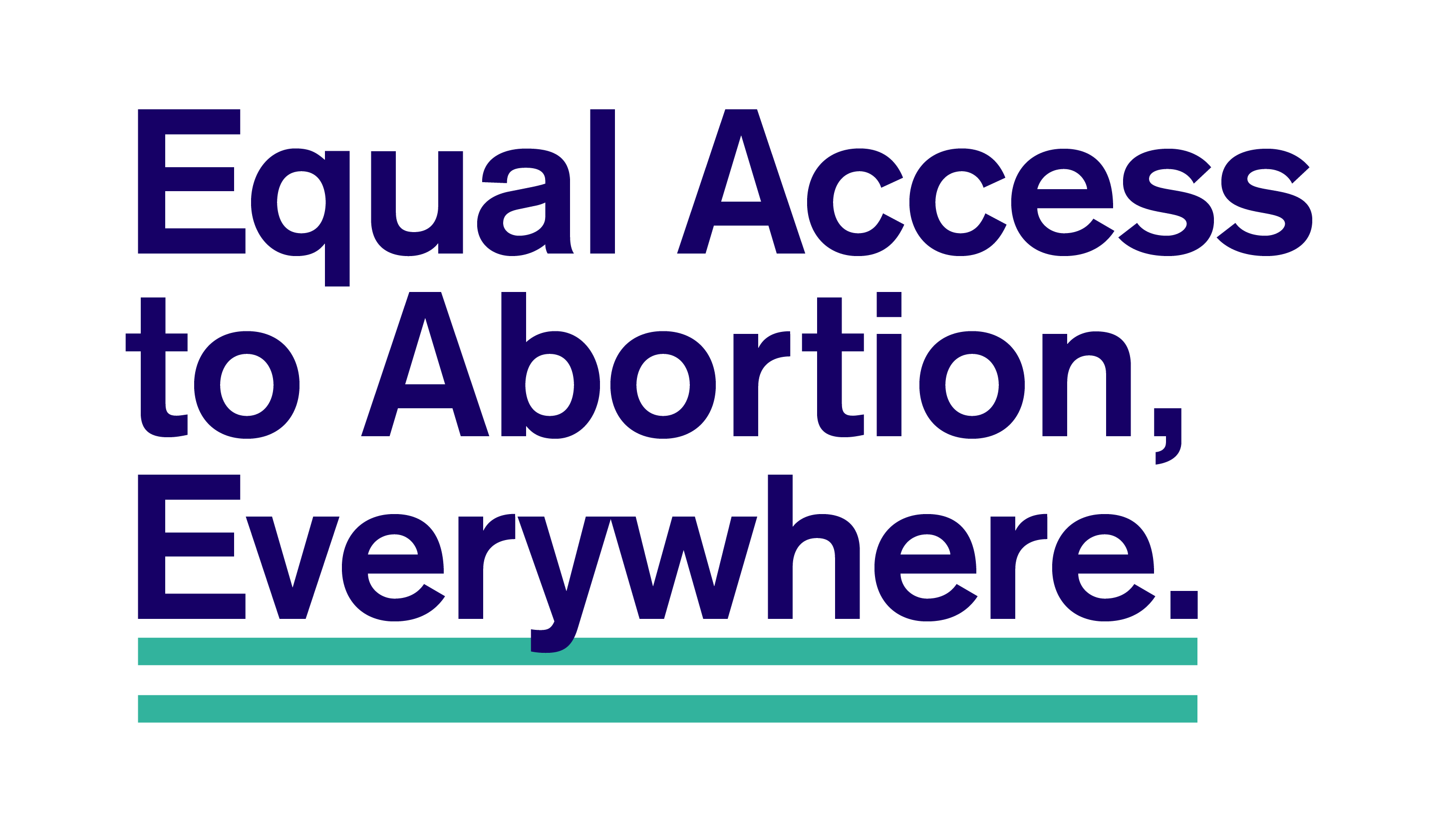Kephalos
J.M.P.P. R.I.P. B5: RLOAI
- Joined
- Mar 2, 2009
- Messages
- 730
- MBTI Type
- INFJ
- Enneagram
- 5w4
I for one am surprised why this brief has not received the attention it deserves. This brief, submitted to the US Supreme Court by Jonathan Mitchell and the relevant section deserves to be quoted in full (footnotes in the original, Spoiler for brevity):
Quite honestly, I did not know the stakes where this high: not only is abortion at stake, but also same-sex marriage, statutes against homosexuality, bans on interracial marriage and contraception bans are also, potentially, in danger.
III. THE ARGUMENTS FOR RETAINING ROE AND CASEY ARE MERITLESS
C. The Argument That Overruling Roe Will Undermine Other Precedents Of This Court
Supporters of Roe have correctly observed that this Court has recognized and enforced other supposed constitutional “rights” that have no basis in constitutional text or historical practice. The Casey plurality opinion, for example, noted that right to interracial marriage from Loving v. Virginia, 388 U.S. 1, 12 (1967), has no textual or historical pedigree, much like the right to abortion that this Court invented in Roe v. Wade. See Casey, 505 U.S. at 848 (plurality opinion) (“Marriage is mentioned nowhere in the Bill of Rights and interracial marriage was illegal in most States in the 19th century”). And there are other court-imposed “substantive due process” rights whose textual and historical provenance are equally dubious. See, e.g., Griswold v. Connecticut, 381 U.S. 479 (1965); Lawrence v. Texas, 539 U.S. 558 (2003); Obergefell v. Hodges, 576 U.S. 644 (2015). So the Court must determine whether it can overrule Roe without cutting the legs from under Loving and other substantive-due-process pronouncements. Mississippi’s brief is sensitive to this concern, as it goes out of its way to distinguish Griswold, Lawrence, and Obergefell.
The Casey plurality’s attempt to analogize Roe to Loving is a red herring. To be sure, the rationale of Loving purported to invoke the doctrine of substantive due process and a supposed constitutional “freedom to marry," which is nowhere to be found in the language of the Constitution. But the outcome in Loving is defensible without any need to resort to court-invented substantive-due-process rights. The text of the Civil Rights Act of 1866 provides all the authority needed to set aside a state’s anti-miscegenation law:
Civil Rights Act of 1866, ch. 31, § 1, 14 Stat. 27, 27.[C]itizens, of every race and color, . . . shall have the same right, in every State and Territory in the United States, to make and enforce con- tracts . . . as is enjoyed by white citizens . . . any law, statute, ordinance, regulation, or custom, to the contrary notwithstanding.
There is abundant authority establishing that marriage is a contract, and the Civil Rights Act gives every citizen the “same right . . . to make and enforce contracts . . . as is enjoyed by white citizens.” Id. That means that if a white citizen has the right to marry a white spouse, then one cannot escape the conclusion that an anti-miscegenation law withholds that “same right” from a minority citizen.26 So Loving remains good law regardless of whether the Constitution’s text or historical practice can support a right to interracial marriage.
The news is not as good for those who hope to preserve the court-invented rights to homosexual behavior and same-sex marriage. See Lawrence, 539 U.S. 558; Obergefell, 576 U.S. 644. These “rights,” like the right to abortion from Roe, are judicial concoctions, and there is no other source of law that can be invoked to salvage their existence. Mississippi suggests that Obergefell could be defended by invoking the “fundamental right to marry” which is “‘fundamental as a matter of history and tradition.’ ” Pet. Br. at 13 (quoting Obergefell, 576 U.S. at 671). But a “fundamental right” must be defined with specificity before assessing whether that right is “deeply rooted in this Nation’s history and tradition.” See Washington v. Glucksberg, 521 U.S. 702, 721 (1997) (requiring federal courts to employ a “careful description” of conduct or be- havior that a litigant alleges to be protected by the Con- stitution, and forbidding resort to generalizations and abstractions). Otherwise long-prohibited conduct can be made into a “fundamental right” that is “deeply rooted in this Nation’s history and tradition,” so long as a litigant is creative enough to define the “right” at a high enough level of abstraction.27 The right to marry an opposite-sex spouse is “deeply rooted in this Nation’s history and tradition”; the right to marry a same-sex spouse obviously is not.
This is not to say that the Court should announce the overruling of Lawrence and Obergefell if it decides to overrule Roe and Casey in this case. But neither should the Court hesitate to write an opinion that leaves those decisions hanging by a thread. Lawrence and Obergefell, while far less hazardous to human life, are as lawless as Roe.
Quite honestly, I did not know the stakes where this high: not only is abortion at stake, but also same-sex marriage, statutes against homosexuality, bans on interracial marriage and contraception bans are also, potentially, in danger.





